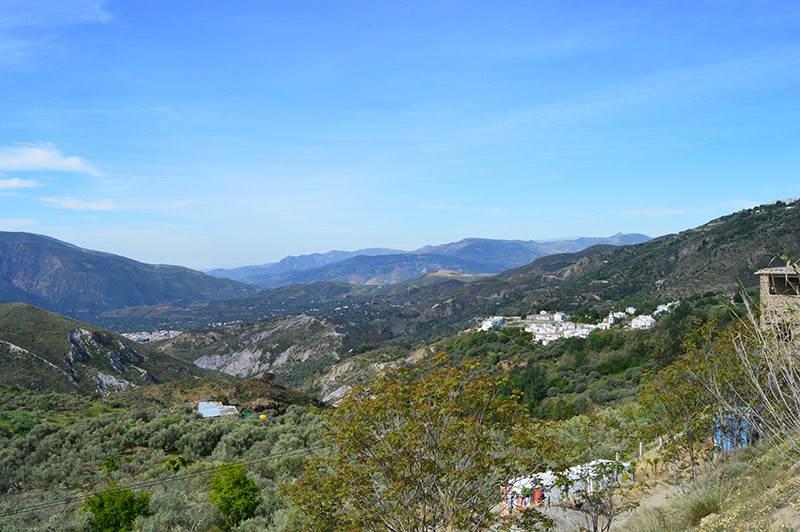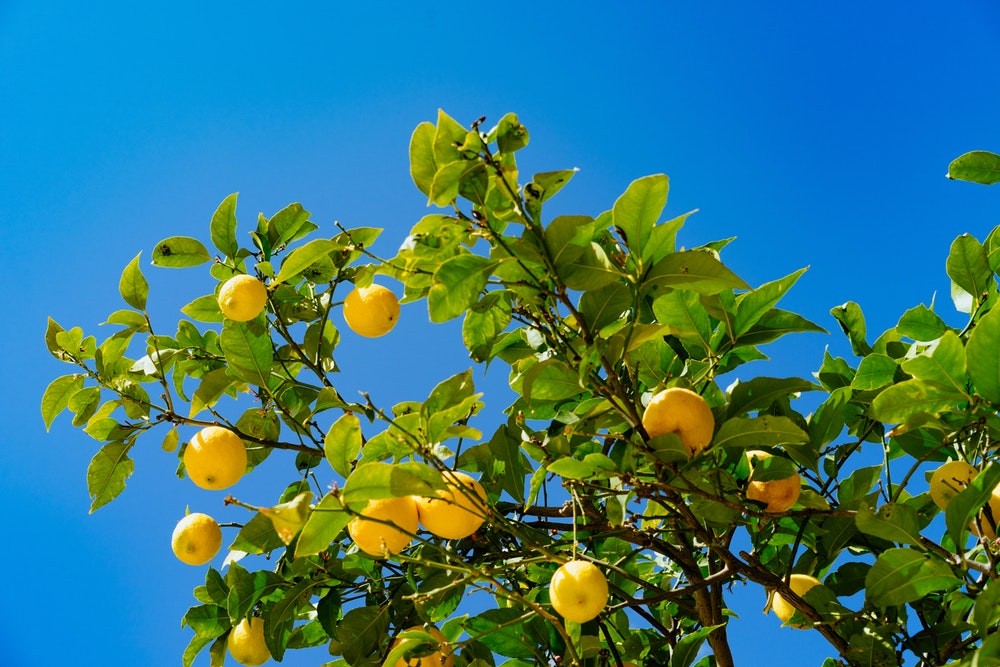One of the greatest draws of Andalucia is its geographical position. Apart from the obvious attractions of the heat and the sunshine, it also offers access to mountains (the Sierra Nevada) and the Mediterranean. And, if you want to find a property that is well situated to make the most of both of those, then it might be worth considering the Lecrin Valley.
Located south of Granada, and about 30 minutes north of the coast, it gets just as much sunshine in the summer as the rest of the region but, thanks to its position at the foot of the sierras, it also gets lovely cooling breezes. The name of the valley apparently derives from the Arabic word for ‘gateway’ but, according to some websites and locals ‘el Valle de Lecrin’ means ‘Valley of Happiness’ and that seems more apt. Sunny, yet not too hot, peaceful, yet well connected, rich in agriculture and wildlife, it is a perfect place for either a permanent retreat or a holiday home. And, thanks to being slightly less well known, it tends to be cheaper than the Alpujarra.
At the bottom of the valley, you will find Lake Beznar, a man-made reservoir which looks like a natural lake (apart from the dam!). At 170 hectares, its turquoise waters can be seen from miles around and, if you don’t want to head to the coast, here you can swim, fish and go out on a (non-motorised) boat.
Famous for citrus and almonds, one of the best times to explore this area is when their blossom appears, usually at the end of January for almonds and April for citrus. Early autumn is also very beautiful and, since it is not as hot as the summer, it lends itself to enjoying this countryside through walking, cycling and horse-riding.






















